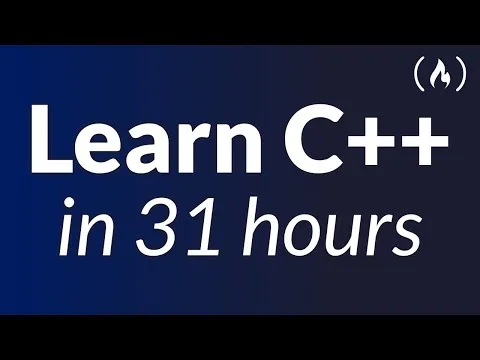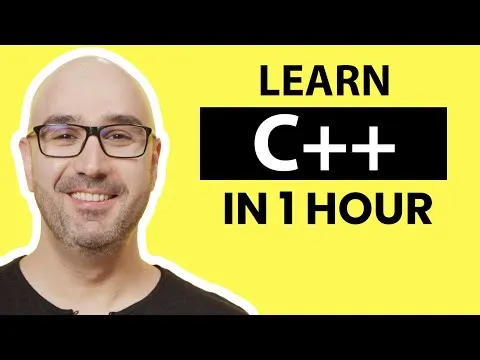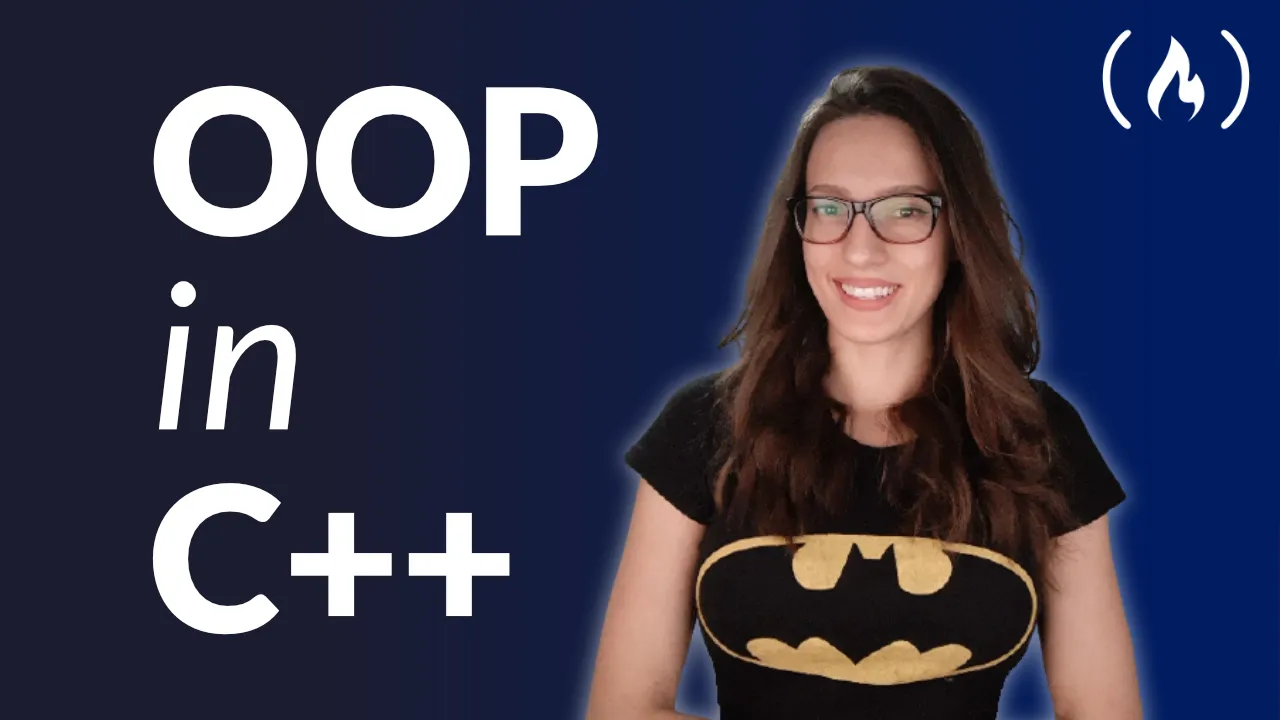
An Introduction to C++ Programming 
This introduction to C++ programming provides a comprehensive overview of the fundamentals of procedural programming, helping readers gain the skills needed to write effective C++ code. ▼
ADVERTISEMENT
Course Feature
![]() Cost:
Cost:
Free
![]() Provider:
Provider:
Udemy
![]() Certificate:
Certificate:
Paid Certification
![]() Language:
Language:
English
![]() Start Date:
Start Date:
On-Demand
Course Overview
❗The content presented here is sourced directly from Udemy platform. For comprehensive course details, including enrollment information, simply click on the 'Go to class' link on our website.
Updated in [April 29th, 2023]
Course Overview:
This course provides an introduction to C++ programming. It covers the fundamentals of procedural programming and memory management in C++. It also provides an overview of the language and its features, such as classes, objects, and templates. The course is designed to help students understand the basics of C++ programming and develop the skills necessary to write efficient and effective code.
Possible Development Directions:
This course provides a great foundation for further development in C++ programming. Students can use the knowledge gained in this course to explore more advanced topics such as object-oriented programming, data structures, and algorithms. Additionally, students can use the skills acquired in this course to develop applications for various platforms, including desktop, mobile, and web.
Related Learning Suggestions:
This course is a great starting point for those interested in learning C++ programming. After completing this course, students can continue their learning journey by taking more advanced courses in C++ programming. Additionally, students can explore other programming languages such as Java, Python, and JavaScript. Finally, students can also explore topics such as computer systems, networking, and computer science research.
[Applications]
Suggestions for the application of this course include using C++ to develop software applications, create computer games, and develop embedded systems. Additionally, C++ can be used to develop web applications, mobile applications, and desktop applications. Furthermore, C++ can be used to develop artificial intelligence and machine learning algorithms. Finally, C++ can be used to develop computer graphics and virtual reality applications.
[Career Paths]
Recommended Career Paths:
1. Software Developer: Software developers use C++ to create applications and software programs. They are responsible for designing, coding, testing, and debugging software. With the increasing demand for software development, software developers are in high demand and can expect to see job growth in the coming years.
2. Systems Engineer: Systems engineers use C++ to develop and maintain computer systems. They are responsible for designing, implementing, and managing computer systems. With the increasing demand for computer systems, systems engineers are in high demand and can expect to see job growth in the coming years.
3. Data Scientist: Data scientists use C++ to analyze and interpret data. They are responsible for collecting, analyzing, and interpreting data to identify trends and patterns. With the increasing demand for data analysis, data scientists are in high demand and can expect to see job growth in the coming years.
4. Network Engineer: Network engineers use C++ to design, implement, and maintain computer networks. They are responsible for designing, configuring, and managing computer networks. With the increasing demand for computer networks, network engineers are in high demand and can expect to see job growth in the coming years.
[Education Paths]
Recommended Degree Paths:
1. Bachelor of Science in Computer Science: This degree path provides a comprehensive overview of computer science, including programming, algorithms, data structures, operating systems, and computer architecture. It also covers topics such as artificial intelligence, machine learning, and computer graphics. This degree path is ideal for those who want to pursue a career in software engineering, computer systems, or research.
2. Master of Science in Computer Science: This degree path provides a more in-depth look at computer science topics, such as computer networks, distributed systems, and software engineering. It also covers topics such as artificial intelligence, machine learning, and computer graphics. This degree path is ideal for those who want to pursue a career in software engineering, computer systems, or research.
3. Doctor of Philosophy in Computer Science: This degree path provides an even more in-depth look at computer science topics, such as computer networks, distributed systems, and software engineering. It also covers topics such as artificial intelligence, machine learning, and computer graphics. This degree path is ideal for those who want to pursue a career in software engineering, computer systems, or research.
4. Master of Science in Artificial Intelligence: This degree path provides a comprehensive overview of artificial intelligence, including topics such as machine learning, natural language processing, and computer vision. It also covers topics such as robotics, computer vision, and computer graphics. This degree path is ideal for those who want to pursue a career in artificial intelligence, machine learning, or research.
Developing Trends:
1. Bachelor of Science in Computer Science: This degree path is becoming increasingly popular as more and more companies are looking for software engineers and computer scientists. There is a growing demand for professionals with a strong understanding of computer science fundamentals.
2. Master of Science in Computer Science: This degree path is becoming increasingly popular as more and more companies are looking for software engineers and computer scientists. There is a growing demand for professionals with a strong understanding of computer science fundamentals.
3. Doctor of Philosophy in Computer Science: This degree path is becoming increasingly popular as more and more companies are looking for software engineers and computer scientists. There is a growing demand for professionals with a strong understanding of computer science fundamentals.
4. Master of Science in Artificial Intelligence: This degree path is becoming increasingly popular as more and more companies are looking for professionals with expertise in artificial intelligence and machine learning. There is a growing demand for professionals with a strong understanding of artificial intelligence and machine learning fundamentals.
Pros & Cons

Helped understand C++ better

Easy to understand lectures

Acquired quality knowledge with ease

Good for beginners

Little to do with C++

No OOP, classes, etc.

Not explained in depth

Wrong answers in quiz.
Course Provider

Provider Udemy's Stats at AZClass
Discussion and Reviews
0.0 (Based on 0 reviews)
Explore Similar Online Courses

Google Analytics Settings Variable in GTM and Q&A

Fischer shows how to grab the INITIATIVE Sensing the moment in a chess game

Python for Informatics: Exploring Information

Social Network Analysis

Introduction to Systematic Review and Meta-Analysis

The Analytics Edge

DCO042 - Python For Informatics

Causal Diagrams: Draw Your Assumptions Before Your Conclusions

Whole genome sequencing of bacterial genomes - tools and applications

C++ Programming Course - Beginner to Advanced

C++ Tutorial for Beginners - Learn C++ in 1 Hour


Start your review of An Introduction to C++ Programming